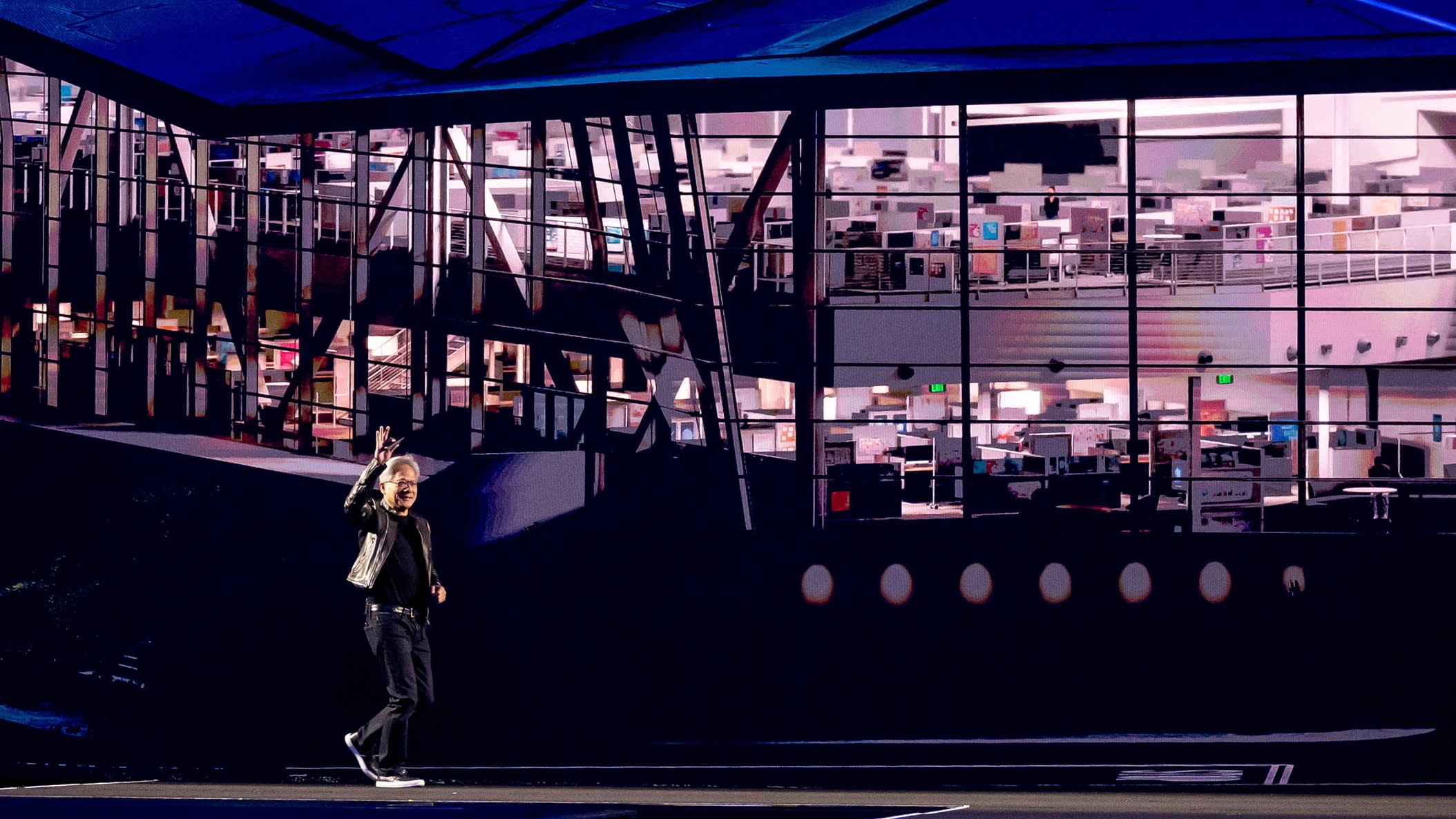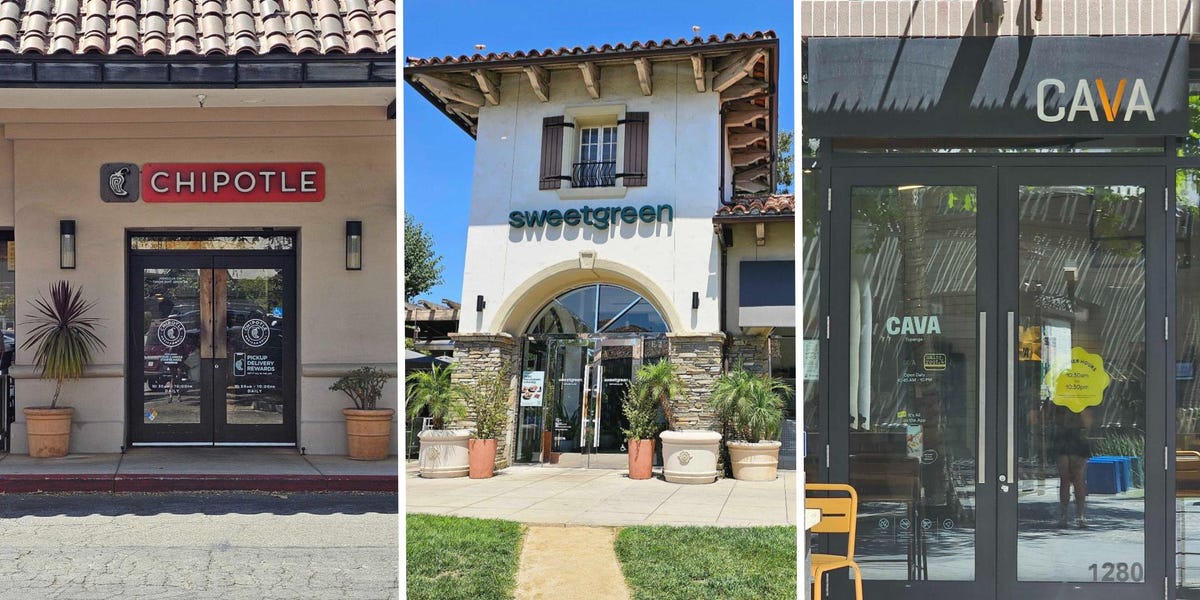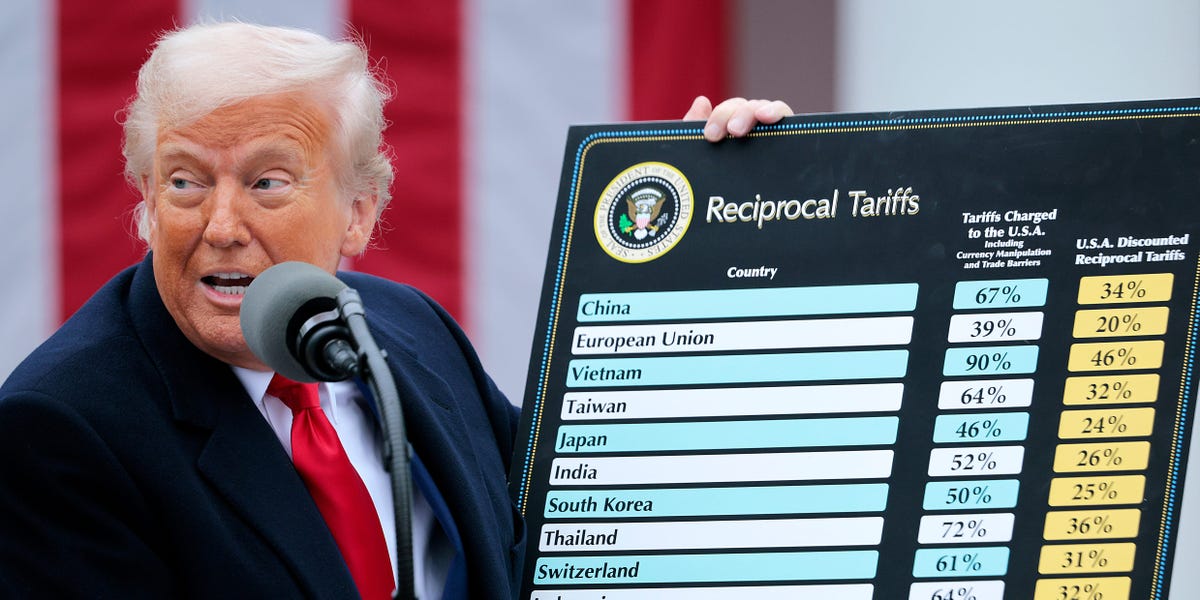Inside Trump's Economic Gambit: The Promises and Pitfalls of Bringing Business Back Home

Despite hopes of a manufacturing revival, the promise of tariffs bringing factories roaring back to life is more myth than reality. While protective trade policies might sound appealing, they fail to address the complex economic dynamics that have driven manufacturing offshore.
The global manufacturing landscape is shaped by far more than just tariff rates. Labor costs, technological capabilities, supply chain efficiencies, and skilled workforce availability play crucial roles in determining where companies choose to produce goods. Simply imposing tariffs won't magically transform the intricate economic ecosystem that has evolved over decades.
Moreover, many companies have already deeply integrated global supply chains, making sudden shifts prohibitively expensive and logistically challenging. Automation and advanced manufacturing technologies are increasingly reducing labor cost advantages, meaning that tariffs alone cannot reverse long-term structural changes in industrial production.
Successful reinvigoration of domestic manufacturing requires a comprehensive strategy. This includes investing in workforce training, supporting research and development, creating incentives for advanced manufacturing, and developing robust infrastructure. Tariffs are at best a blunt instrument, incapable of addressing the nuanced challenges facing modern industrial production.
Policymakers and business leaders must recognize that sustainable manufacturing growth demands strategic, holistic approaches rather than simplistic protectionist measures. The future of manufacturing lies in innovation, adaptability, and strategic investment—not in trade barriers.








